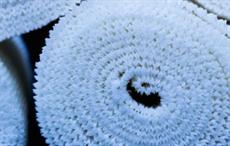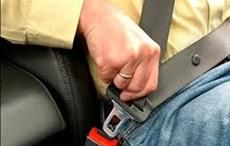Silk-based biomaterials (SBBs) are gaining a firm foothold in the field of biomedicals. Easily available in volumes, durable, and simple to process, SBBs have served as pivotal materials in the manufacture of biomedical textiles and fibre-based implants. SBBs are used for suturing, arterial grafting, and in implants and prosthetics, among other technologies.
Used in suture procedures for centuries, biomedical materials are fibrous textile structures prepared from synthetic or natural materials that are used either in an internal or external biological environment as a medical device to improve the health of patients.Silk-based biomaterials (SBBs) are gaining a firm foothold in the field of biomedicals. Easily available in volumes, durable, and simple to process, SBBs have served as pivotal materials in the manufacture of biomedical textiles and fibre-based implants. SBBs are used for suturing, arterial grafting, and in implants and prosthetics, among other technologies.#
Biomedical engineering researchers at Tufts University School of Engineering in Massachusetts, USA, have been leaders in experimenting with silk. According to research published in the university’s journal, the development of silk sponges, films, and hydrogels has paved the way for discoveries in multiple medical domains, such as nanotechnology, microfluidics, optics, adhesives, and ligament engineering.
At the University of Nottingham in the UK, scientists have discovered a technique to engineer synthetic spider silk with antibiotic properties. The team fused silk with E. coli bacteria and modified its structure with molecules that enhance bandaging quality. This discovery will likely prove revolutionary in drug delivery and fighting infection.
On a similar track, a team of scientists at the Alan G. MacDiarmid NanoTech Institute at the University of Texas, Dallas, USA, have found a way to develop artificial muscles made from twisted fibres such as nylon thread and polymer fishing line. Effectively, the scientists have managed to create artificial muscles with the ability to change shape and size.
At Australia’s University of New South Wales, Paul Trainor, chair of biomedical engineering, and professor Melissa Knothe Tate, a leading expert on cell biology and regenerative medicine, are working wonders of a similar nature. Using high-technology weaving techniques and materials, Tate and her team have invented a fabric modelled on periosteum, a fibrous membrane that covers the surface of human bones. (GK)
Fibre2Fashion News Desk – India


